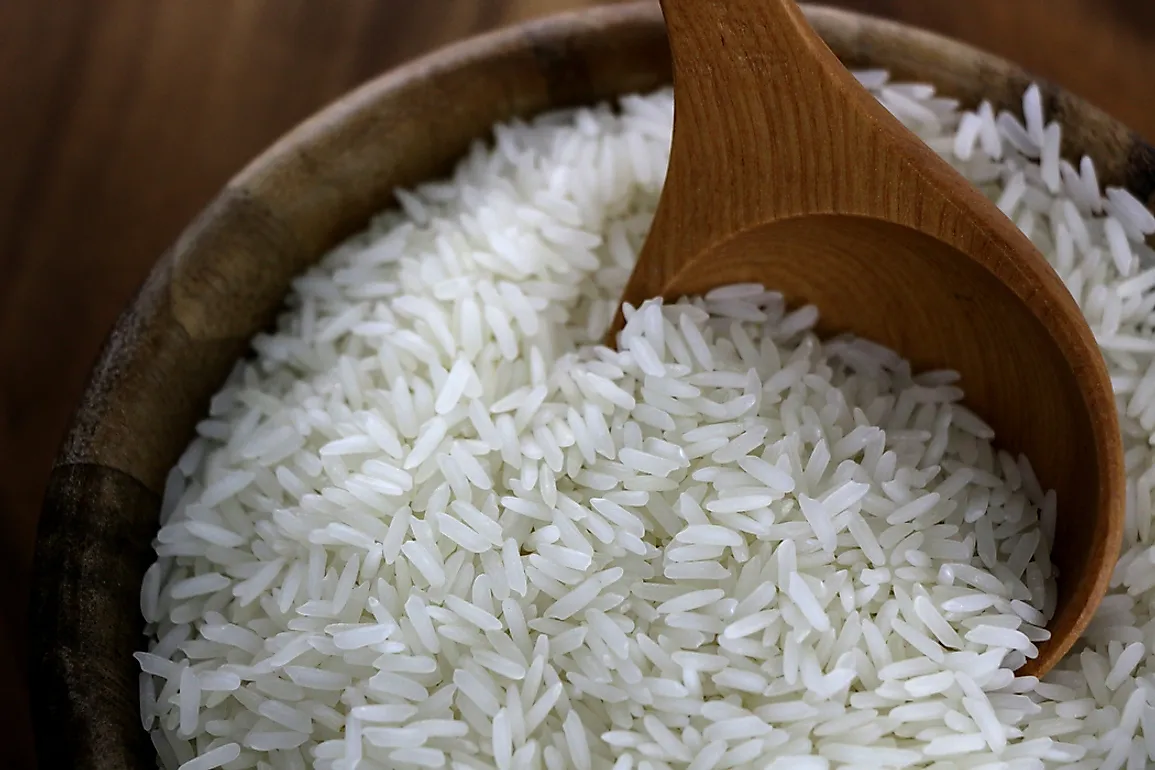The 10 Largest Rice Importers In The World

One of the most important measures of many Asian countries’ economic performance is the price and quality of its rice. It’s no wonder, then, that policymakers have taken significant strides in attempting to control the dynamics of their national rice trade in order to stabilize their respective domestic markets. The five top importers of rice are responsible for about 30% of the total global trade, and the top ten are responsible around 50% of total rice imports worldwide. Many of the major players, including the most recent top importer, China, are located in Asia, which is the continent most responsible for shifts in the world’s rice market. Other significant rice-importing countries include the Philippines, Iran, and Indonesia.
Major Rice Importers
China
China is the world's largest importer of rice. Rice is grown all over the country, although the growing season in the south starts sooner. Aside from being one of the world's top rice importers, China is also among the world's largest rice producers. Much of the rice in China is cultivated manually. Some of the world's most famous rice paddy fields are also found in China.
Iran
While Iran produces a large quantity of rice, they also import a good amount. Most rice that is grown in the country is grown in the north of the country. Iran imports most of its rice from its neighbors, such as the UAE and Pakistan.
Saudi Arabia
Saudi Arabia is the world's third-largest rice importer. Saudi Arabia is largely a desert, which makes farming difficult. The economy of the country is mostly petroleum-based. Rice is a staple food in many Saudi Arabian diets.
Indonesia
Indonesia is another large rice producer and has its fair share of rice paddies as well. Rice is a very important part of Indonesian daily life, as it features in most popular dishes.
The Future of the Rice Trade
Despite massive gains over the past 15 years, the global rice market has been going through several periods of contraction over the past couple of years. Despite this, the world’s rice trade is expected to go through major expansion in years to come, as key countries continue to initiate programs to increase their rice production and drastically cut down their dependence on imported rice.
As the world’s top consumers of rice modernize their lifestyles and diversify their respective diets, demand for new varieties of rice is also expected to increase, allowing for other countries to play increasingly important roles in the global rice market. China’s unprecedented growth in 2015 came as a surprise and, to this date, whether it will continue to dominate the market remains a tough question to answer. Experts claim that by the year 2040 an additional rice supply of no less than 112 million tons will be required to meet the growing global demand, especially if countries from Africa fail to address their own growing populations and subsequently greater food resource requirements.
The Largest Rice Importers In The World
| Rank | Country | Rice Imported (USD Thousand) |
|---|---|---|
| 1 | China | 1,599,660 |
| 2 | Iran | 1,628,522 |
| 3 | Saudi Arabia | 1,314,680 |
| 4 | Indonesia | 1,037,128 |
| 5 | United States | 966,569 |
| 6 | Benin | 936,122 |
| 7 | Philippines | 736,649 |
| 8 | United Arab Emirates | 700,209 |
| 9 | Cote d'Ivoire | 688,422 |
| 10 | Iraq | 676,422 |











